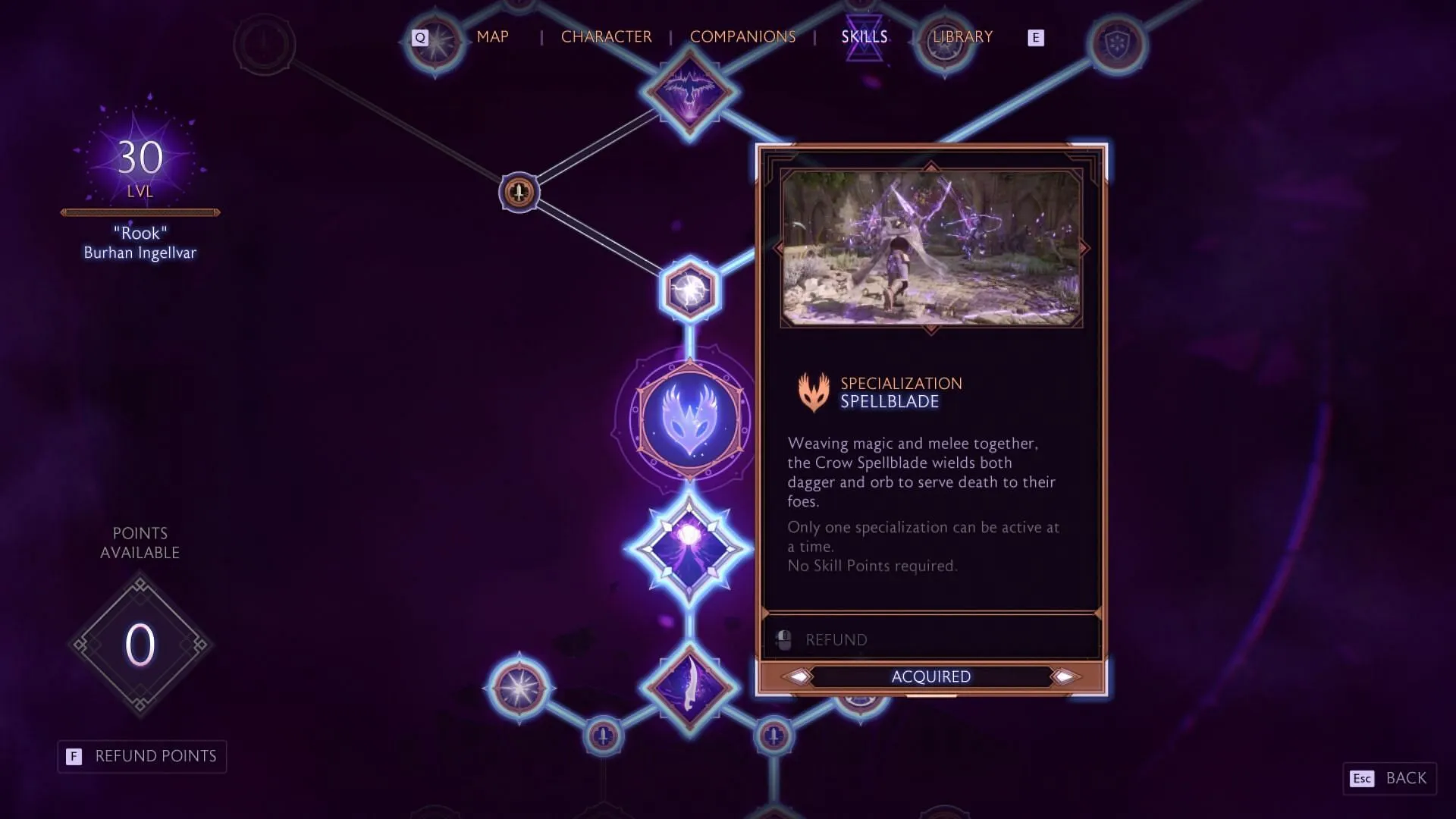
BioWare has shared details about the progression system in Dragon Age: The Veilguard. With the release of this highly anticipated fourth installment of the beloved RPG series approaching next month, understanding how to optimize your experience is essential as you delve into the challenging world of Thedas.
Skill Tree Progression in Dragon Age: The Veilguard

The skill tree in Dragon Age: The Veilguard is segmented into several categories, allowing players to build a character that fits their unique playstyle. The maximum level cap is 50, granting you a total of 50 skill points to allocate. Your character will gain experience points (XP) from various activities, particularly quests, which provide significant XP rewards. Advancing levels will also enhance your health points (HP).
Each class in Dragon Age: The Veilguard features its own distinctive skill tree, focusing on specific combat styles. After selecting your class, you can invest in different skills in the tree to tailor your combat abilities to your preferences.
Nodes in the Skill Progression System of Dragon Age: The Veilguard
You can invest your skill points into various nodes to further enhance your combat capabilities. Here are the nodes you should be aware of:
- Large Circle: Class (core skills and weapon proficiencies)
- Diamond: Ability (assignable to an Ability slot)
- Medium Circle: Major Passive or Ability Upgrade (modifies existing abilities or stats, like ensuring a critical hit on knockdown or extending range)
- Small Hexagon: Trait (enhances class skills, such as counter-attacks, extending attack combos, or missile block/return)
- Small Circle: Minor Passive or Stat Boost (improves the effectiveness of abilities or stats)
Additionally, each class will have access to three combat specializations, which can be unlocked using your skill points. Remember, the Veilguard does not confine your specialization to your chosen faction, allowing you to craft a unique playstyle regardless of your faction.
Item Progression in Dragon Age: The Veilguard

As you explore the wilds in The Veilguard, you’ll discover a wide array of gear and accessories. Occasionally, you may encounter duplicate items that can be utilized to enhance the equipment you already have equipped.
You can upgrade each piece of gear up to 10 times by visiting the Caretaker located in The Lighthouse. Advancing the Caretaker’s level unlocks more potent armor enchantments that will bolster your combat effectiveness.
Your character can equip up to nine pieces of gear, including:
- Main Hand
- Off-Hand
- Alternate Weapon
- Helmet
- Armor
- Belt
- Amulet
- Ring 1
- Ring 2
Each item features unique stats, rarities, and attributes linked to the game’s progression system.
It’s important to note that your faction choice does not affect the gear in Dragon Age: The Veilguard. Like skill progressions, you are free to apply the appearance of any equipment to another, allowing for cosmetic customization without altering your stats.
Companion Progression System in Dragon Age: The Veilguard

Companions in The Veilguard each have their own individual skill trees and equipment options that contribute to their progression. While your character can equip up to nine pieces of gear, companions are limited to four. They also possess their unique skill trees, which is essential to consider when developing your build.
Equipping your companions with effective skills will enable you to create synergies in your attacks, making challenging encounters more manageable. Similar to your character, you can enhance and modify your companions’ equipment at The Lighthouse as well.




Leave a Reply